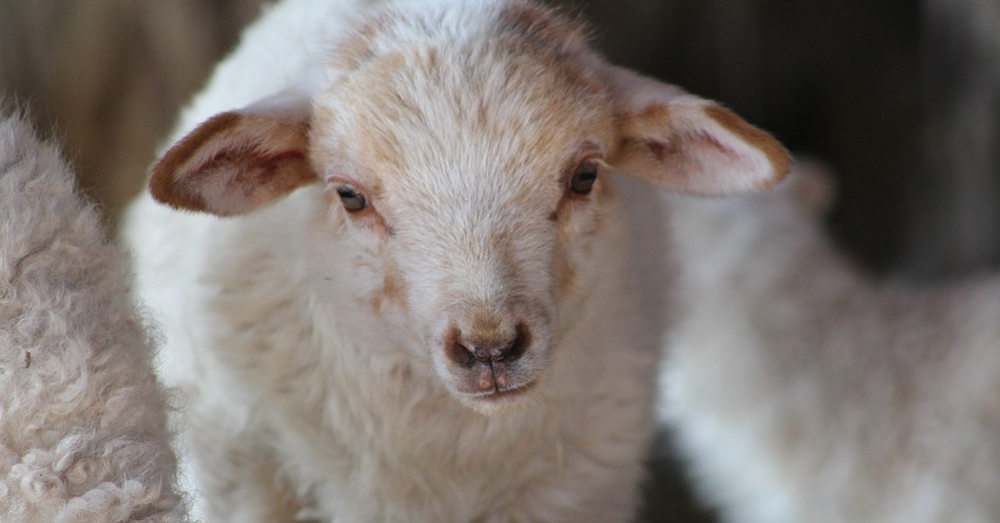
Spades, Saplings and Sheep: Iceland Battles to Restore Long-Lost Forests
The efforts to reforest are overseen by the Icelandic Forest Service, a state-backed body that manages the National Forests. Thröstur Eysteinsson, the head of the agency, is in no doubt that replanting at least a small share of the nation’s long-lost forests would do a lot of good. “Over the past decades, the absence of vegetation to hold the soil caused farming and grazing to be nearly impossible in many parts of the country,” he said.
December 25, 2017 | Source: Thomson Reuters Foundation News | by Marcello Rossi
An hour’s hike across a vast expanse of dried lava leads to the top of Mount Bláhnjúkur, a nearly thousand-metre-high active volcano whose summit allows, on clear days, a sweeping view of a landscape dotted with vast glaciers and windswept moors.
A striking feature of this austere beauty in Iceland’s southern highlands is that it features almost no trees. But that’s not because the country is too cold for forests.
Archeological evidence indicates that over a quarter of the island’s countryside was covered with trees until the 9th century, when Viking settlers arrived and began chopping them down for timber and to clear space for farmland and grazing.
Now the country’s exotic, moonscape-like scenery is a lure for tourists. But the lack of trees has also caused problems – and now some Icelanders are committed to bringing them back.
Today, especially in southern Iceland, reforested sites are popping up with a variety of trees, from non-native spruce to native birch.
The efforts to reforest are overseen by the Icelandic Forest Service, a state-backed body that manages the National Forests. Thröstur Eysteinsson, the head of the agency, is in no doubt that replanting at least a small share of the nation’s long-lost forests would do a lot of good.
“Over the past decades, the absence of vegetation to hold the soil caused farming and grazing to be nearly impossible in many parts of the country,” he said. “This was further compounded by the nation’s legendary strong winds, which contributed to severe soil erosion.”
A larger share of land covered with trees could also play a role in helping the nation meet – with less economic pain – its aim to curb climate-changing emissions between 50 and 75 percent by 2050, as the government has pledged in its climate change strategy.
Iceland already gets about 85 percent of its energy supply from domestically produced renewable energy sources – mainly hydropower and thermal energy. That gives it the highest share of renewable energy in any national total energy budget, according to the Icelandic and Northern Energy Portal, an independent information source on energy issues in the Northern Atlantic and Arctic region.
